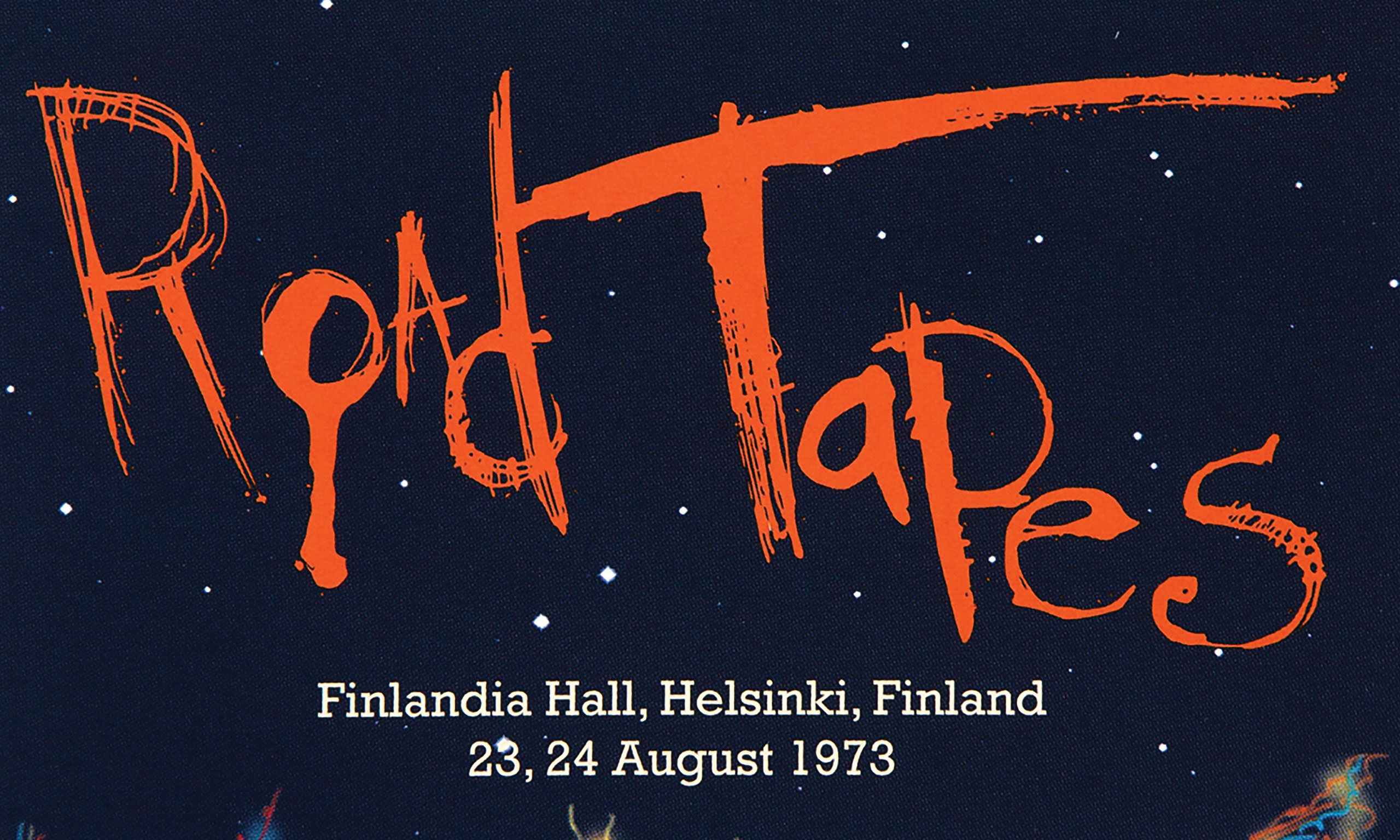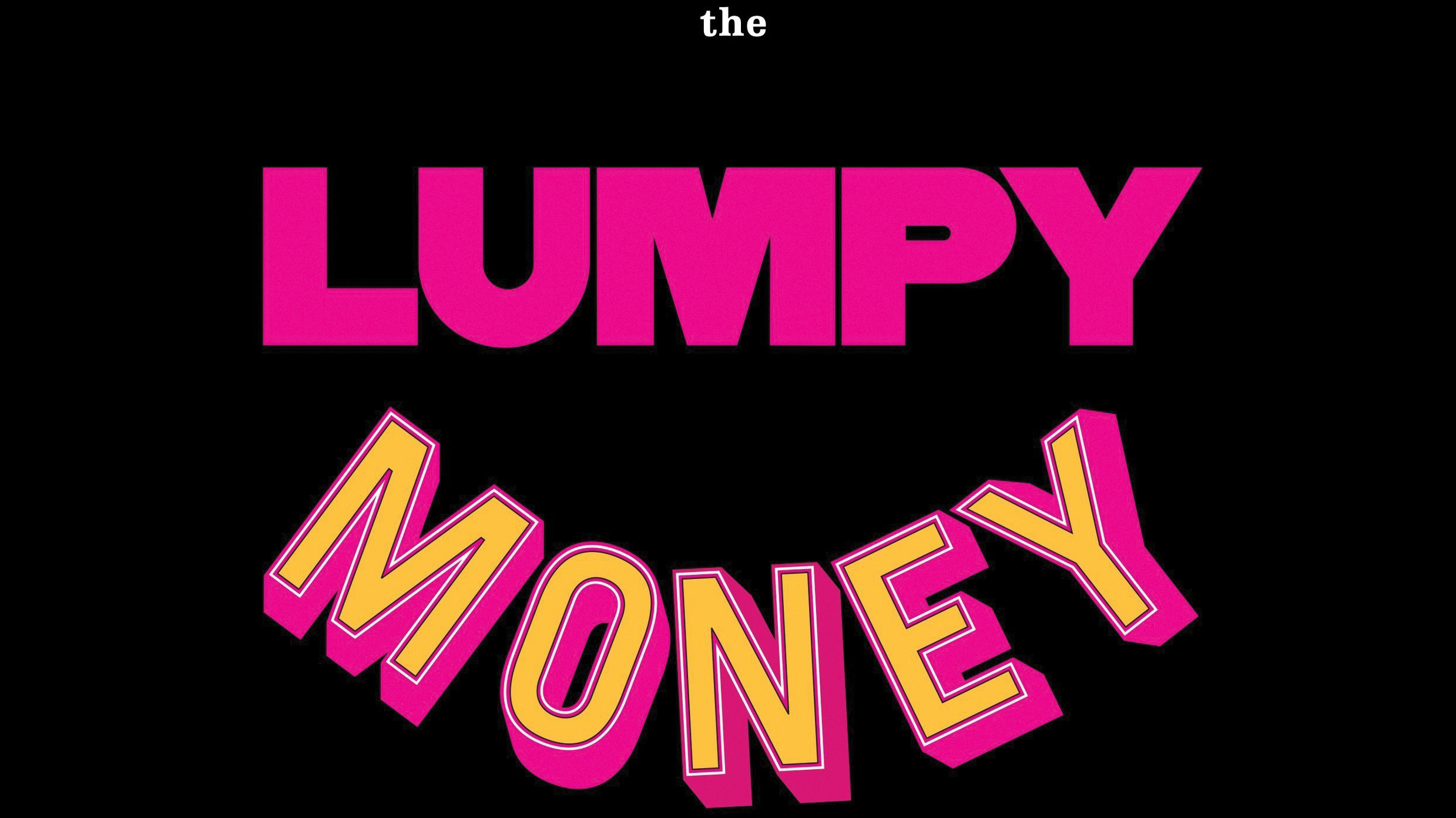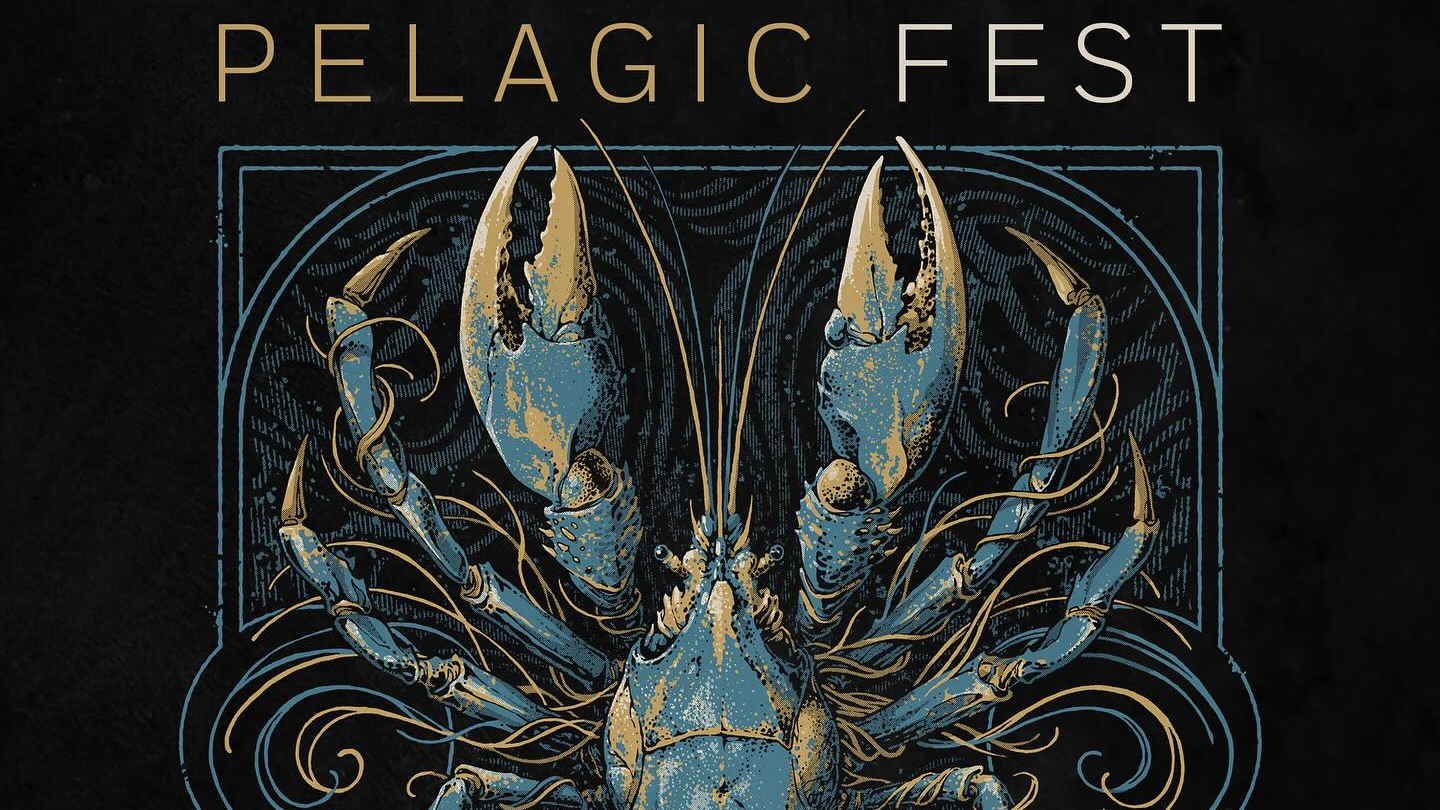You can trust Louder
At the time of writing, the Zappa Estate is running in ever more confused circles since the passing of the family’s matriarch, Gail Zappa. Ahmet and Dweezil duke it out very publicly over the right to use the Zappa name, forcing the latter to change up the name of his original Zappa Plays Zappa show to Dweezil Zappa Plays the Music of Frank Zappa and then, on the advice of his legal team, to 50 Years of Frank: Dweezil Zappa Plays Whatever the F@%k he Wants – The Cease and Desist Tour.
It’s a new low. He doesn’t even sell Frank Zappa merch on his tour. He could, technically, but then he’d have to hand over every red cent to the Zappa Family Trust. Instead, should you choose, your hard earned dollar gets you a T-shirt emblazoned with the legend: “All persons named Dweezil Zappa are hereby ordered to cease and desist any and all use of the name and likeness of their father and to not perform any of his music anywhere on planet Earth.” Given the rapid escalation and even writs in this war of words (Dweez has recently gone on record criticising his late mother’s business practices), we can at least take solace in one thing: Frank Zappa’s musical legacy is very much alive.

Gail, heartbreakingly, appears here in the liner notes for the reissued The Lumpy Money Project/Object, which originally saw the light of day in 2008. Gail, in an essay which reads like a love letter to 1967 and her dead husband, details the initial recording and editing sessions for Frank’s acclaimed Lumpy Gravy and We’re Only In It For The Money albums. Remembering the birth and very early days with their daughter, Moon: ‘About three months later she said her first recognisable word – “werp”’. She writes, ‘It is the same sound the tape made playing at high speeds with the edits Frank was making at home on his tape deck. Putting these albums together, slice by slice.’
And what judicious slicing and editing that was. This sumptuous (it really is) three-disc audio documentary charts the mixing, remixing, editing and recording of two of Frank’s most pivotal albums. It’s a Zappaphile’s dream with Frank’s original orchestral edit of Lumpy Gravy commissioned by Capitol Records, a so-called ‘discreet’ mono mix of Money, remixes of both albums (one specifically for radio) and the real icing on this remarkable cake, a disc of outtakes, interview snippets, overdubs and audio collages that make you realise the infinite dexterity of Frank Zappa and his editing blade.
Frank and the Mothers Of Invention reached Kerrisdale Arena in Vancouver on the August 25 1968. Volume one of Frank’s Road Tapes captures that show in what Zappa once referred to as “guerrilla recordings – fantastic performances in small towns and villages survive only on two-track or four-track”. Those expecting a stellar audio experience akin to the You Can’t Do That Onstage Anymore series should look away now, as this collection is more about capturing the moment and less about the clarity of sound. That said, there’s much to enjoy here, not least the band’s take on Edgar Varèse’s (one of Frank’s musical heroes) Octandre, though how that went down on a balmy Canadian night isn’t immediately clear, shoehorned as it is between Oh, In The Sky and a near delirious King Kong. There’s real magic in the air though, something thought unimaginable imagined.

Skip ahead five years (and almost to the day) to 1973 and the Finlandia Hall in Helsinki and Frank playing live with arguably one of his (or anyone else’s come to that) greatest bands that included George Duke, Jean Luc-Ponty and Ian Underwood. It’s debatable how much of a “guerrilla recording” Venue #2 is, given sound engineer Kerry McNabb’s (whose credits not include working with Zappa on at least half a dozen albums, but also as the studio engineer for George Duke and Bobby Womack, among others) sterling work on the night. The playing is effortless; a fleeting
Dog Breath Variations swirls into the air before moving seamlessly into Uncle Meat, Don’t You Ever Wash That Thing?, which is so good, it’s giddying. Admittedly, that’s nothing new to a seasoned Zappa audience, but to be transported to back to the 70s and eavesdrop on this remarkable band in unfettered flight is like being let in on a secret.

George Duke and Ian Underwood were a part of the band that were performing at the Tyrone Guthrie Theater in Minneapolis on 5 July 1970 and while Venue #2 sounds less like the “guerrilla recording” advertised, the tapes used for Venue #3 suffered something of a snafu when the master was reused and the original performance recorded over. The end result – think field recording – is a somewhat patchy stereo image for the first half hour or so, and a less robust sounding Zappa band (in sound quality, the playing’s still completely off the hook), it’s a little like coming across a rare gem bootleg and takes little to get past the discrepancy in sound and to the heart of the live show. Which is especially good, not least when the band really freak out on something like the sprawling The Return Of The Hunchback Duke. You’ve got to laugh, Frank, right?
Sign up below to get the latest from Prog, plus exclusive special offers, direct to your inbox!
How I joined Frank Zappa's band, by Steve Vai
Frank Zappa: "People thought the Beatles were god! That's not correct"
Philip Wilding is a novelist, journalist, scriptwriter, biographer and radio producer. As a young journalist he criss-crossed most of the United States with bands like Motley Crue, Kiss and Poison (think the Almost Famous movie but with more hairspray). More latterly, he’s sat down to chat with bands like the slightly more erudite Manic Street Preachers, Afghan Whigs, Rush and Marillion.


